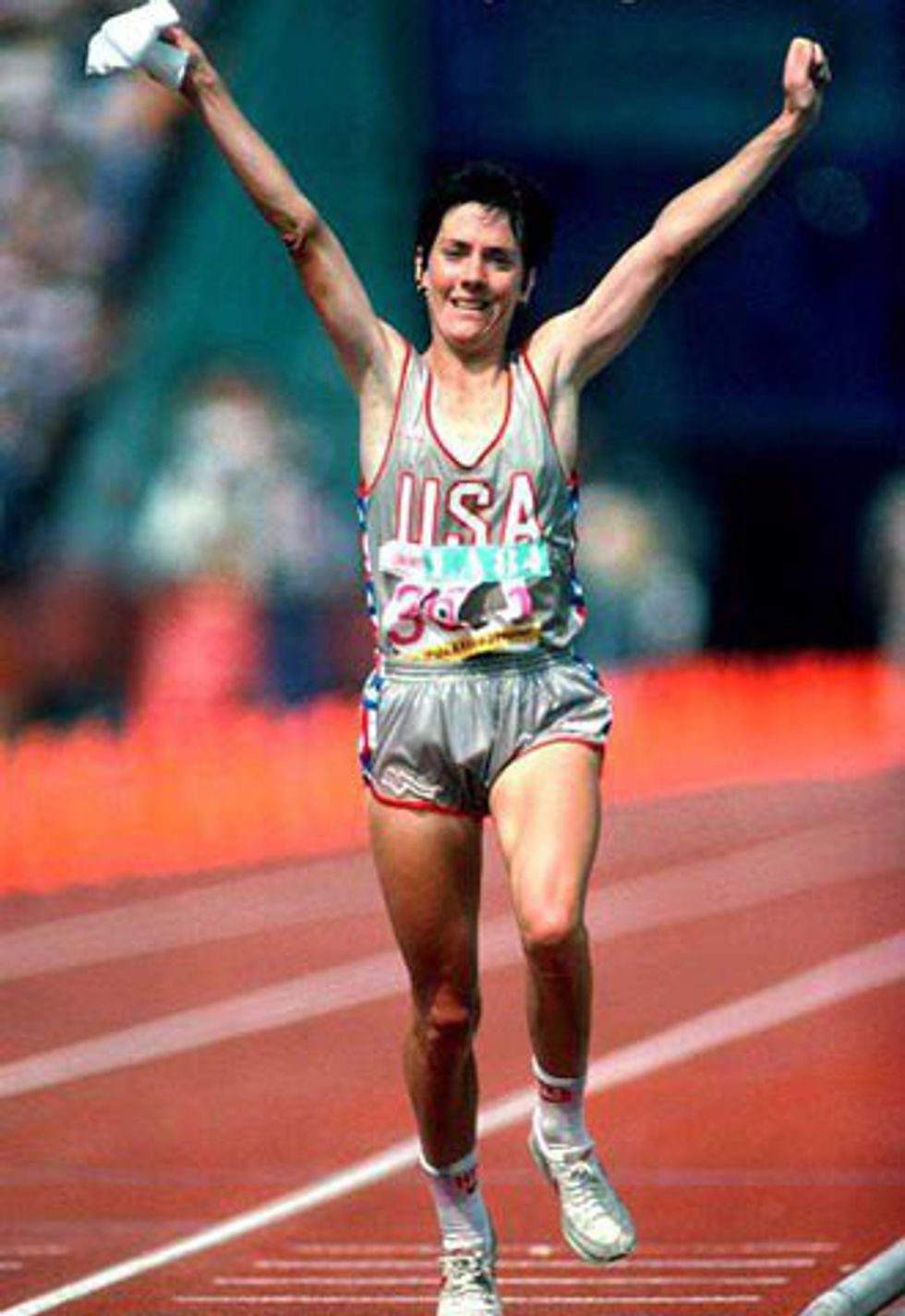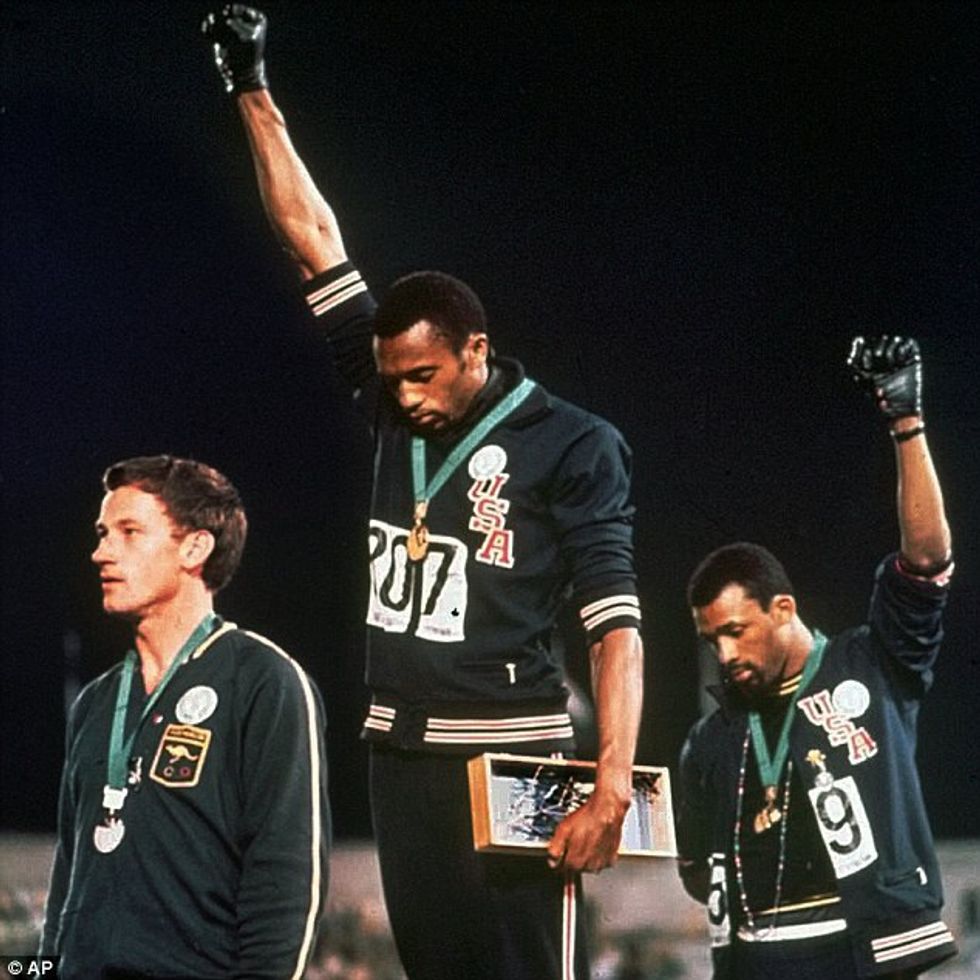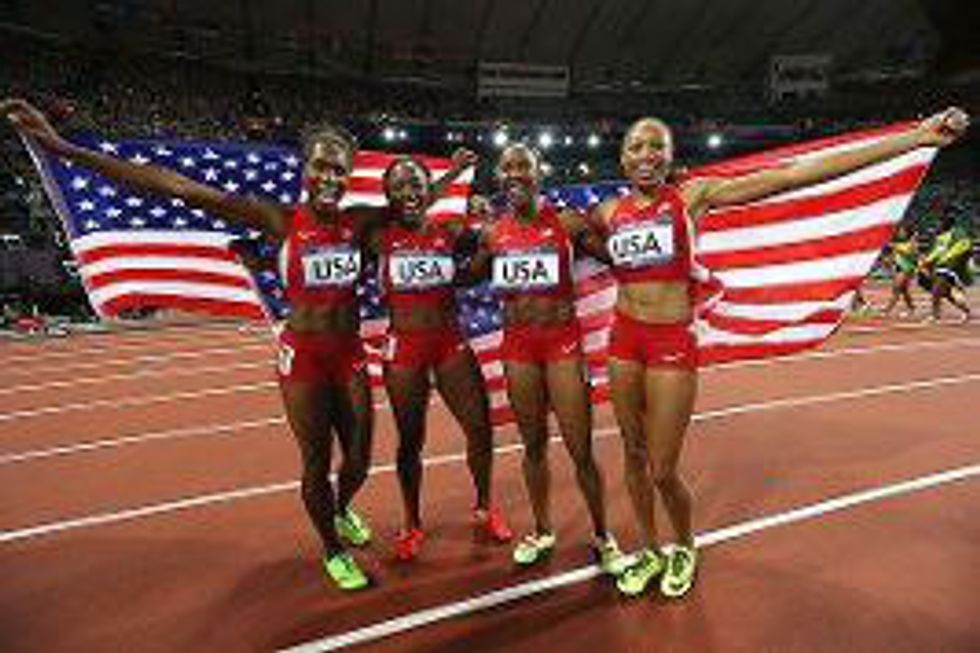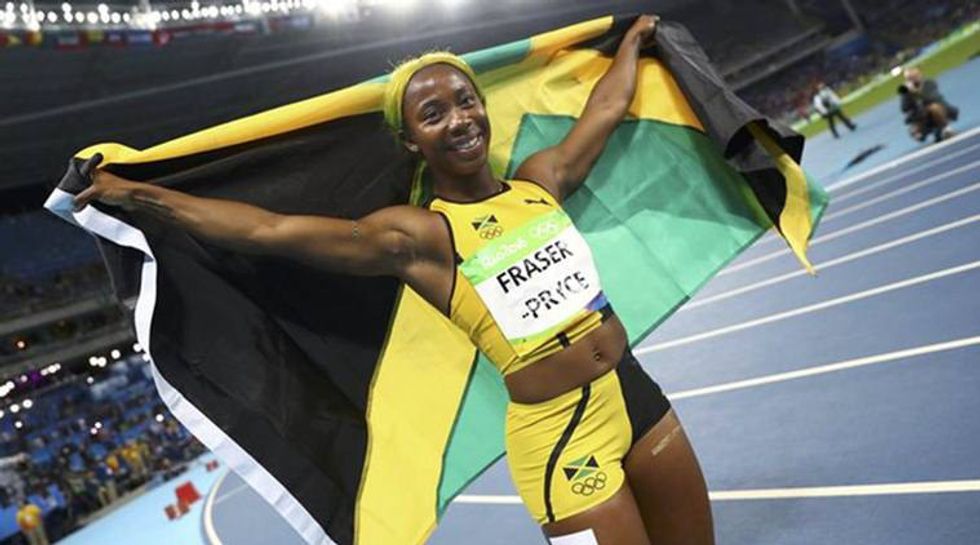In high school, I was one of those crazy people who did three seasons of running: cross country, winter track, and spring track.
It was the trifecta of "my sport is your sport's punishment." As crazy as it sounds, I loved it. By no means was track easy, but it felt good to push myself to run harder, longer, and better at every practice. Despite what other athletes might tell you, the people on the track teams are some of my favorite people: there's a strange bond between people who are willing to put themselves through a two-mile, eight-lap race on a circular track.
I loved running because it was something I could do on my own, and something I could share with people. There's a great independence you get when you put on a pair of running shoes, leave your phone behind, and go outside to run. There's also a community of runners from high school age to grandparents who still get out and run street races together.
I'll admit that track isn't the most exciting thing to watch on television, but I'll be watching the Olympic Races. While all of the sports require hard work and skill, there is no doubt that the track and field athletes push themselves to the limit. From distance running, to mid-distance, to sprints, to shotput, to discus, to high jump, to pole vault, to javelin, to long jump and triple jump, and to hurdles, the variety of skills displayed on the track are impressive, and training for the events is rigorous.
I'm excited to see track and field in the Olympics for several reasons. Of all the sports in high school, track and field has the smallest audience. Parents don't go to the entirety of a meet because they tend to be very long, while each runner is usually only in one to three events. In addition, teams like football, baseball, and soccer tend to get more attention when they need new equipment, while the track team uses javelins that won't last much longer. The football field is usually maintained better than the track around it because of lack of attention and other athletes wearing cleats on the track. Recruiting for high school teams is usually more difficult in track than in other sports because youth football, soccer, lacrosse, and baseball teams exist in towns, middle schools, and elementary schools, while track and field teams, or running programs in general, are not encouraged. Basically, track and field gets less attention in many capacities.
Seeing track and field in the Olympics, however, shows off the hard work and athleticism that track athletes have. It's a sport that is more accessible, as you really only need some comfortable clothes and a pair of shoes to run. Here's a breakdown of some of the best moments in Olympic Track and Field History.
In the 1996 Olympics, American sprinter Michael Johnson shattered the world record for the 200-meter sprint with a time of 19.32 seconds. 200 meters is half the length of the regulation track-from the curve to one straightaway. In just over 19 seconds, he became known for his gold spikes and his speed. His reaction was over-joyous and made a mark on the track.
Fourteen minutes into her 1984 Olympic Women's Marathon, and the first women's marathon of the games, Joan Benoit Samuelson took over the lead at a pace that the spectators thought to be deadly. Expecting her to lose her pace, she then proceeded to run for 23 miles virtually unchallenged as she crossed the finish line to receive her gold medal. It was an incredible race and made the fight to get the women's marathon into the Olympics worth it.
Of course, we can't talk about track legends without talking about Usain Bolt. At the 2008 games in Beijing, he took home the gold and broke a world record with a 100-meter dash time of 9.72 seconds. He didn't stop there: he took home the gold in the 200-meter with another world record. Then, he won gold with the 4x100 team. At the London Olympics in 2012, he defended his title in all three events.
In the 1968 games, two American sprinters who got on the podium for the 200-meter race held their arms up in the Black Power pose. Taking that moment to stand for social justice got them expelled from the Olympics until attitudes started to change. They raised their fists in solidarity, and the moment is remembered today for its powerful message.
In the 1992 Olympics, British athlete Derek Redmond was running in his 400 meter semifinal. His career had included many injuries, but going into these games he felt great. 15 seconds into his 400 meter, his hamstring gave out and he fell to the ground. Rather than stopping the race, he got back up. Though he was in excruciating pain, Redmond finished the race despite health officials flagging him to stop. He hobbled to the finish line with the help of his father, in a moment that the track nation will remember forever, because of his determination.
In the 2012 Olympics, Carmelita Jeter, Allyson Felix, Tianna Madison and Bianca Knight brought home the gold for the USA in the 4x110 meter relay with a World Record Time of 40.82 seconds-half a second faster than the previous record that stood for 27 years.
This year, Shelley-Ann Fraser Price came back to attempt a 3rd gold in the woman's 100-meter dash. She was outrun by American Tori Bowie, while her teammate from Jamaica, Elaine Thompson brought home the gold. Though she didn't win, Fraser Price brought home a medal for three Olympic Games in a row.
The athletes this year are inspiring and strong; as the results come in, I watch on in awe of how great these athletes are. The whole of the Olympic games brings people together, but the track and field competition makes me proud to be a part of the running community, as athletes congratulate their opponents and show off their pride to be representing their countries on the track and in the field.














 mr and mrs potato head
StableDiffusion
mr and mrs potato head
StableDiffusion










